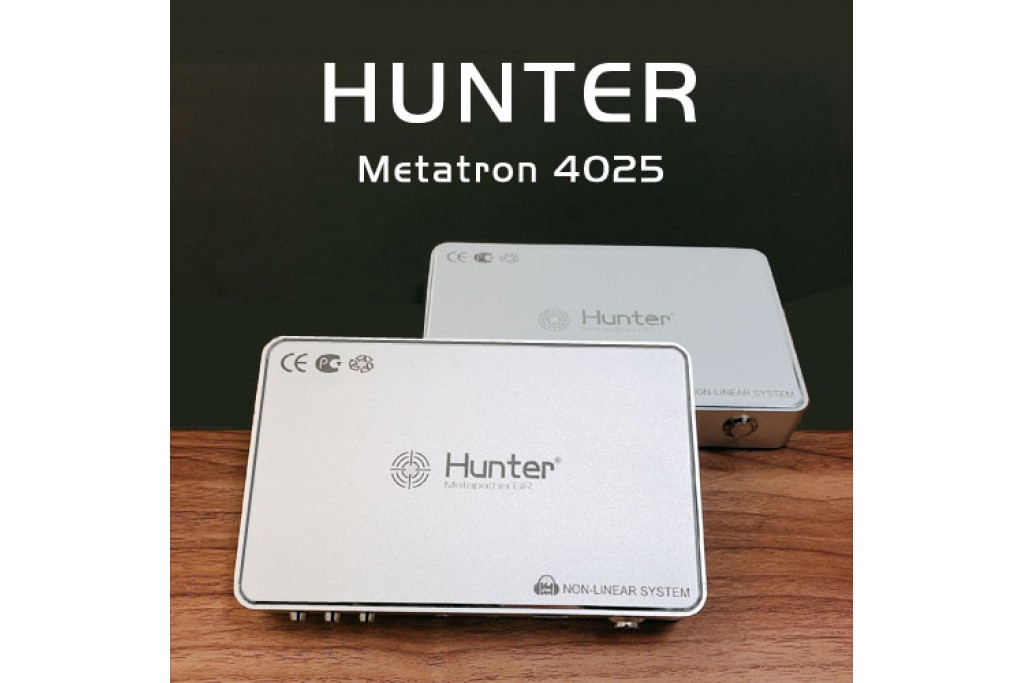Metatron Hunter 4025 is already used for more skin diseases
- Wendy
- March 03, 2025
- 1043
- 0
- 0
The axial resolution of Metatron Hunter 4025 is 30 µm. The application of this device allows the study of the epidermis at the cellular and subcellular level.
Nowadays, the research goals and limitations of 3D NLS ultramicroscopy in dermatology have become very extensive.
The following have become a reality:
- Evaluation of the treatment effect of diseases characterized by skin sclerosis (localized scleroderma, systemic scleroderma), edema (lipodermatosclerosis) and chronic inflammatory (psoriasis) skin diseases;
- Measurement of the degree of skin tumor invasion and monitoring after surgical intervention, cryo- and laser treatment of melanoma, basaloid carcinoma, hemangioma, fibroma, seborrheic keratosis;
- Study of the effects of local and systemic drugs on the skin (corticosteroids, estradiol).
According to the method, the diagnosis of skin diseases by NLS ultramicroscopy must be performed by comparing the affected area with the healthy skin of the contralateral homologous area.
In NLS imaging with nonlinear sensors at 4.9 GHz, normal skin is represented by three layers: epidermis, dermis and subcutaneous tissue. Regional and age-related properties of skin thickness depend primarily on the thickness of the dermis, which depends primarily on the collagen content therein.
It is believed that visualization of the normal epidermis is poor in NLS studies with a sensor frequency of 1.4 GHz, since the actual thickness of the epidermis is 0.02 – 0.5 mm, which is the resolution limit of such systems.
The epidermis is a moderately chromogenic structure (2-3 points on the Fleindler scale), the chromogenicity of which depends on the thickness of the stratum corneum and the desquamation rate.
Ultrahigh frequency nonlinear sensors allow the investigation of more of the superficial papillary dermis and the underlying reticular layer, the latter being characterized by a more homogeneous structure.
For the differential diagnosis of skin tumors such as hemangiomas or melanomas, the modality of ultramicroscopy with spectral entropy analysis (SEA) can be successfully applied.

